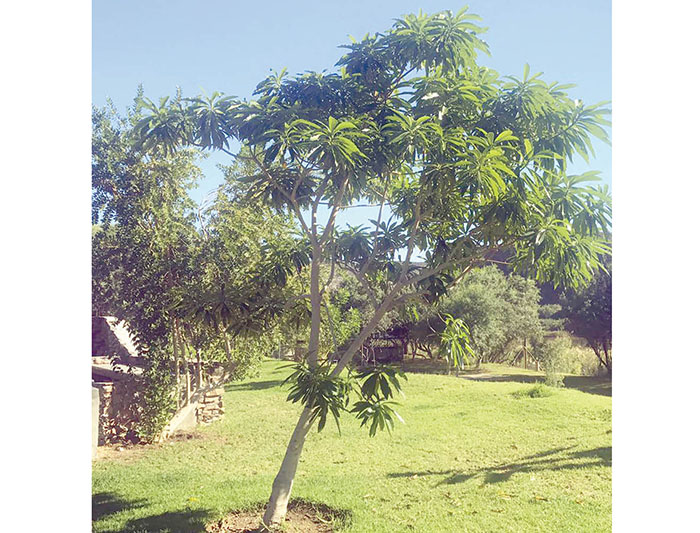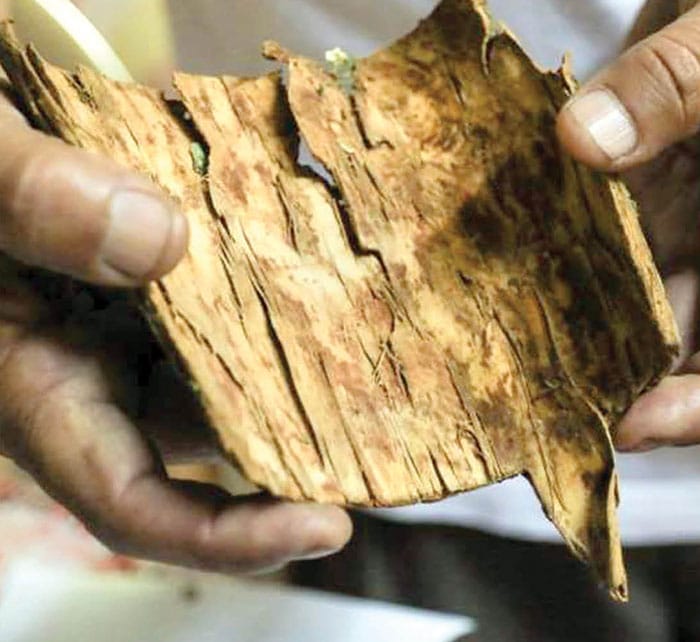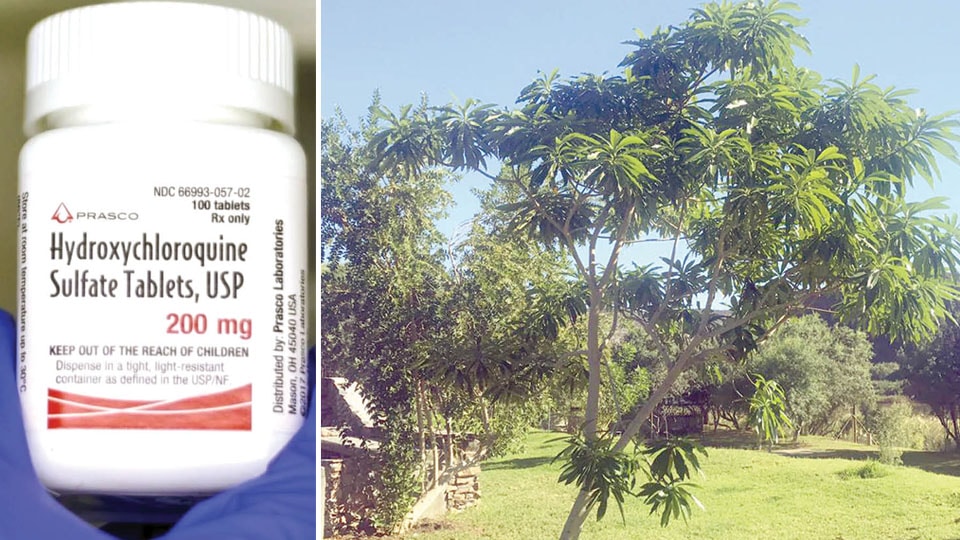
Nature creates, nature cures, nature destroys. We better save nature if we want to save ourselves. Because nearly half of all human pharmaceuticals are originally derived from natural sources and we humans by systematically destroying more and more species of plants and animals are also destroying nature’s medicine cabinet.
Since the past few weeks, a drug, ‘Hydroxychloroquine’ (HCQ), a milder and safer version of ‘Chloroquine’, the infamous anti-Malarial drug, has been in the news. This HCQ could have almost ended both diplomacy and ‘hug-plomacy’ between the US and India and its leaders. But more importantly the core of this medicine which has been saving human lives and which could save us again comes from an average stout tree from South America.
In the 17th century, Spanish explorers noticed that indigenous Peruvians used ‘Quinaquina’ tree bark to treat fever and it worked very well. So they brought it to Europe and in time the European scientists extracted the chemical compound from its bark called ‘Quinine’ which could be used to treat Malaria without having to chew the tree bark.
Their guinea pigs for drug trials were the British Army in India. Just like how today the US is ordering hundreds of tons of HCQ, back then so did the British. And just like how HCQ is now being prescribed as the first-line of defence for medical personnel, in the sense that it will not prevent COVID-19 infection but lessens the severity, back then all British soldiers, even the healthy ones, were instructed to take regular dosages of Quinine.
It seems for most problems created by nature, the cure lies within nature itself. “Modern medicine” as such, could at best go back to about 400 years, but humans have been around for over 2,00,000 years. So our ancestors have taken their time observing animal behaviour, eaten various roots, chewed on many a bark to figure out how to stay alive from the bites, injuries and viruses that nature constantly introduces to the planet, as if it is a population control mechanism.
Because of this ability to observe, learn and indulge in trial and error, today even our ancient hunting techniques have given us medicines.
The South American tribes use poison curare to wet the tips of blowgun darts to render prey immobile. This plant-based poison today is appropriated as a muscle relaxant for humans and has made possible techniques such as open-heart surgery.
Similarly, a unique chemical produced by the Bintangor tree deep in the rainforests of Borneo, called Calanolide, has been isolated and is touted to inhibit the spread of HIV virus. Even coral reefs have been a source of possible medicine from aliments such as arthritis to even production of sunscreen.
The most famous medication, Aspirin is made from salicylic acid, a compound found in the bark and leaves of the Willow tree. In fact the Greek Physician and father of modern medicine, Hippocrates, in whose name all doctors take their oath, referred to the use of salicylic tea to reduce fever. This was around 400 BC.
Even the popular cancer-fighting drug Taxol, is isolated from the Pacific Yew tree. Among anti-cancer drugs approved between 1940-2002, approximately 54% were derived from natural products or were inspired from botanical knowledge.
Nature is vast and complicated, so to test every species for its medicinal value takes time. A lot of time. That is why we need to respect old traditions. And more importantly old languages. Because most of the old world medicines are passed by word of mouth and not in the form of written text.
But while we need to respect and explore traditional medicine, we cannot accept all its recommendations blindly. What works for one problem cannot work for another problem. But they do hold secrets that modern medicine and technology is yet to unlock.

If not for the ‘plant-knowledge’ of tribal people of Peru, we would not have had HCQ today. If not for the extraction of the compound Quinine from the bark of Quinaquina tree it could not have been mass produced. So between the synergy of old world knowledge and new technology lies the hope to cure the ills of mankind in the 21st century.
For now, while we have barely scratched the surface of nature’s medical cabinet, we continue to destroy it thereby depriving ourselves of potential medicines. At the rate we are destroying nature, according to one report, we are losing one important drug every two years !
As Kate Wong, a scientific writer reported, “Estimates place the number of species screened for their medicinal properties at a mere 1 percent, yet each year more than 30 million acres of tropical forests are lost. Such large-scale destruction of our planet’s complex ecosystems will no doubt come back to haunt us if for no other reason than the fact that with every species lost, Mother Nature is taking potentially life-saving chemical formulas to the grave.”

May be, it is time pharmaceutical companies and we the people, while pampering doctors and revering them, should also pamper Mother Nature and revere her by protecting her. May be, nature has pampered us enough, it is time we reciprocated, else…
e-mail: [email protected]








Recent Comments